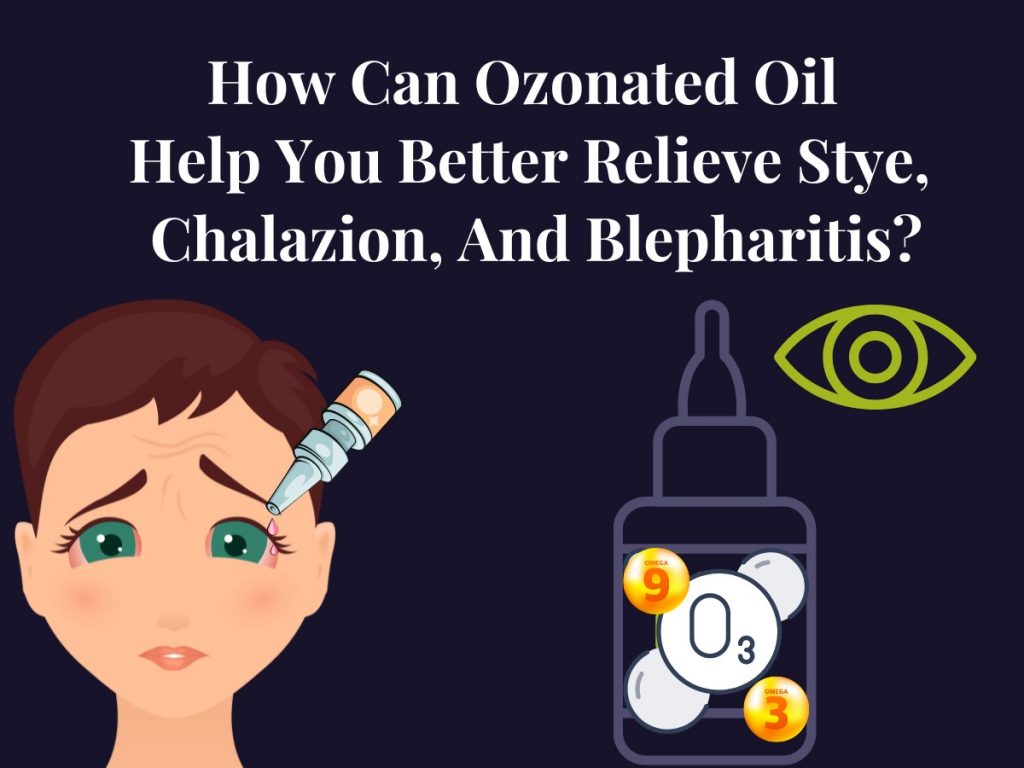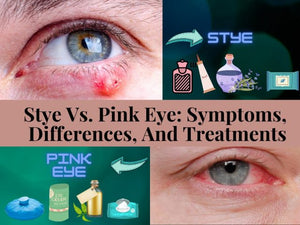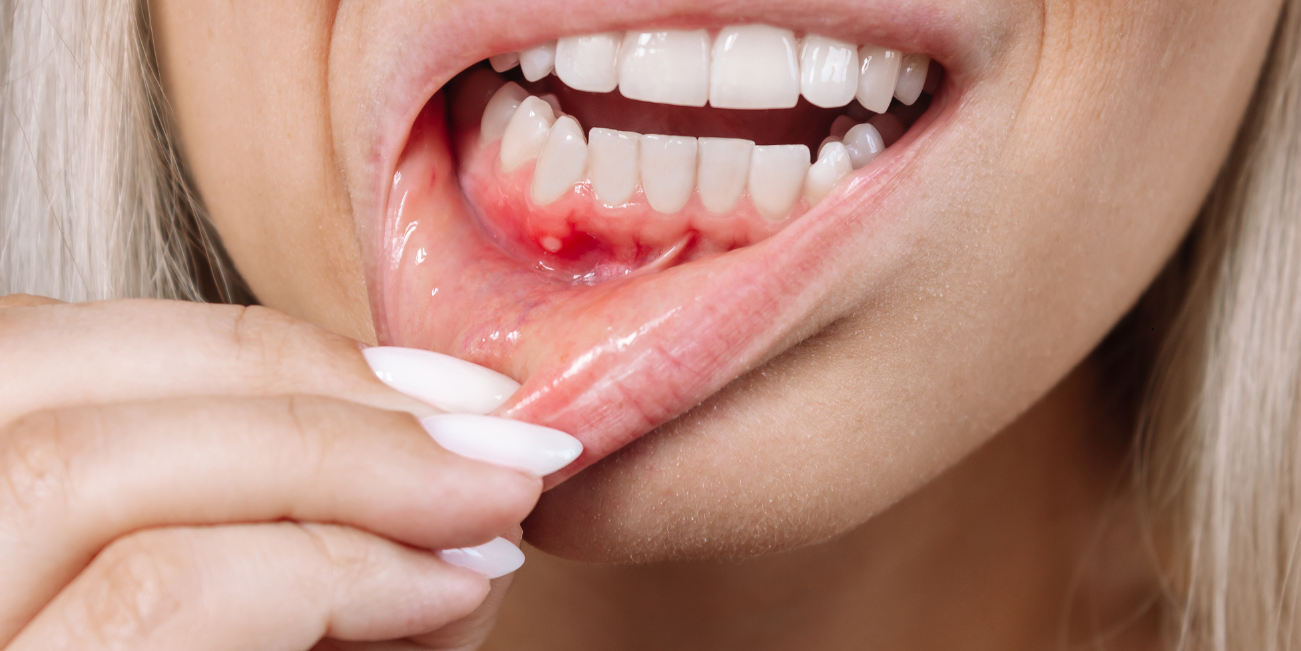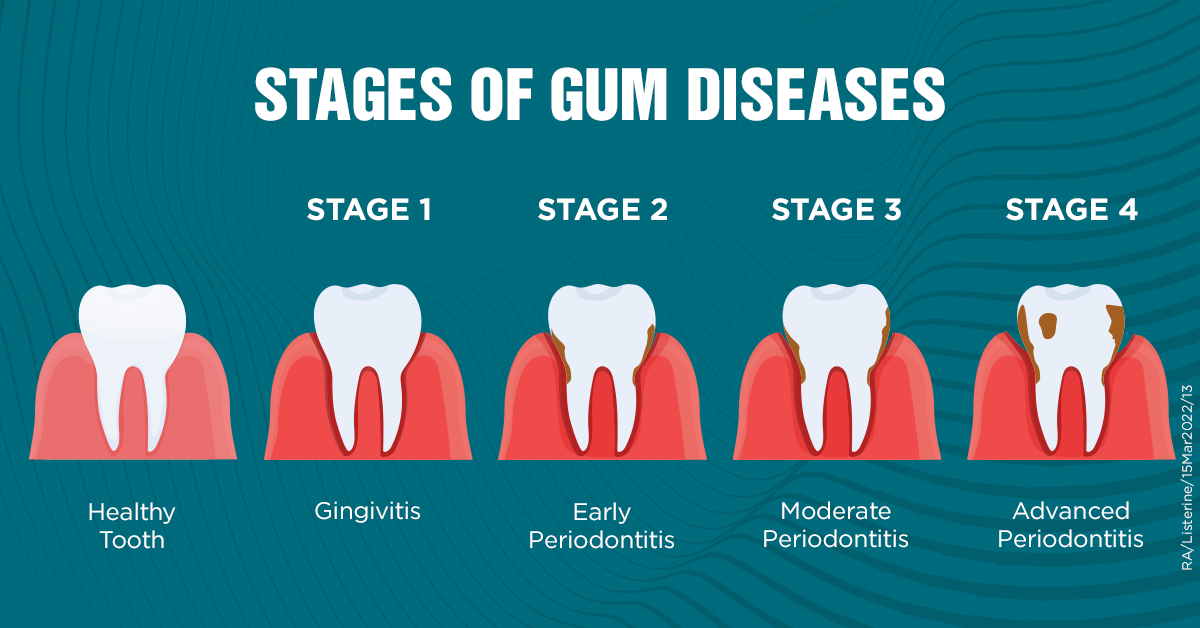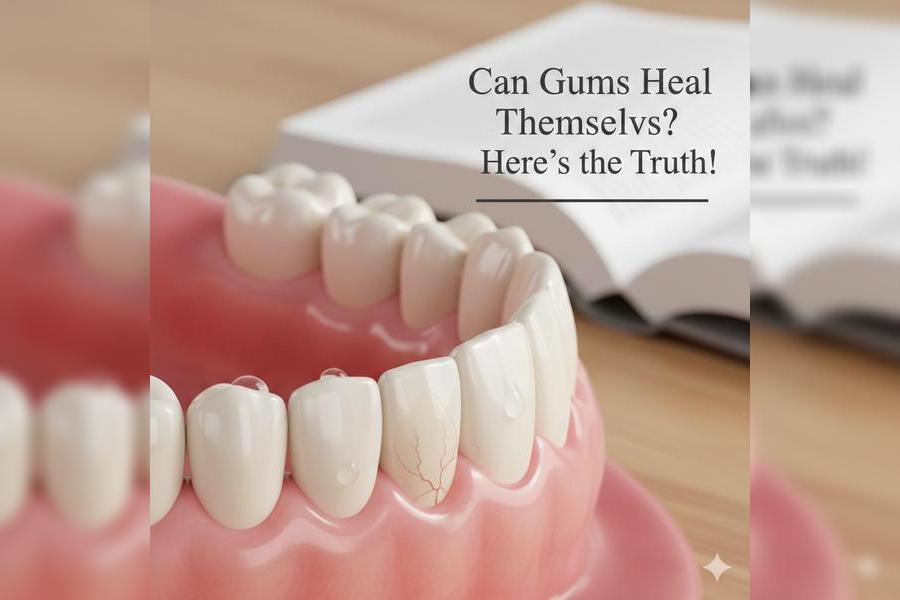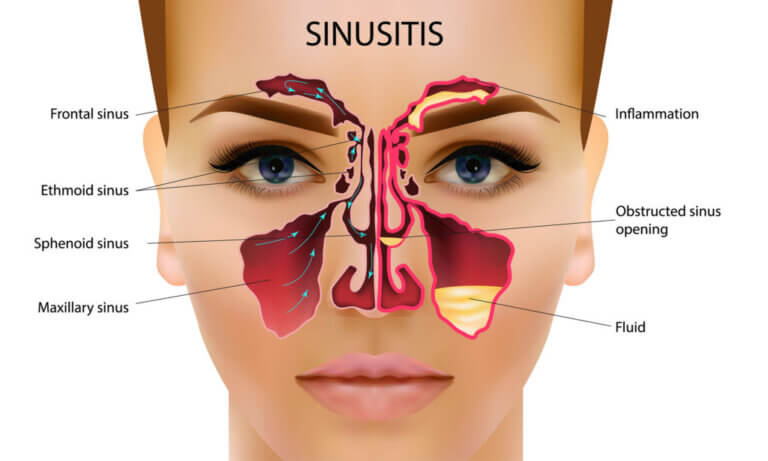A variety of corneal inflammations and ulcers can develop in humans and animals. These include stye, chalazion, blepharitis, conjunctivitis, and keratoconjunctivitis. The clinical treatment of such eye disorders isn\’t well established owing to the pharmaceutical incompatibilities, even though they are typically diagnosed. The significant reason behind this therapeutic dilemma is the presence of methicillin-resistant Staphylococcus aureus and Pseudomonas aeruginosa that reduce the effectiveness of topically administered antimicrobials which also cause hypoxia in the eye.

Therefore, this therapeutic deficit led the researchers to develop novel antimicrobials to combat various pathogens. Ozonated oils are an example of recently developed advanced and targeted drug delivery dosage forms for ocular pathologies. The anti-inflammatory and bactericidal properties make ozonated oils, e.g., The Goodbye Company Ozonated Serum For Stye, the best choice since they are well-tolerated in ocular tissues and promote tissue repair.
Ozone As A Drug
Ozone is a gas containing three oxygen atoms arranged dynamically to form an unstable molecule. According to an FDA report in 2019, ozone was considered toxic with no approved therapeutic applications. Nevertheless, the researchers believe that ozone has medical benefits with reversible and preventable side effects, so its use continued with minimal patient compliance.
Ozone is an excellent antiviral, antifungal, antiprotozoal, and bactericidal agent. It has been used to heal external wounds such as trophic ulcers, diabetic wounds, and ischemic ulceration. However, the application of topical ozone gas was limited due to its reactive nature. In saline form, ozone has been used in dental treatments. The safer, stable, and more effective form, ozonide for topical use, has been discovered and extensively employed. Ozonated oils contain an ozonide bonded with a monounsaturated fatty acid, i.e., oleic acid.
General Therapeutic Benefits Of Ozonated Oils
Heals Wound
Ozonated oils are used in wound healing due to their pharmacological effect on platelet-derived and vascular endothelial growth factors. Ozonated oils increase oxygen in tissues, which helps wounds heal faster and prevents hypoxia.
Anti-Infective
These ozonated oils help treat anaerobic infections, infections caused by herpes simplex virus, and corneal infections leading to styes, chalazion, and blepharitis.
Ameliorate Skin Problems
These topically-applied ozonated oils ameliorate burns, trophic ulcers, cellulitis, anal fissures, fistulae, and abscesses. Moreover, these are tremendously beneficial for treating sunburns. When the DNA gets severely damaged by ultraviolet radiation, ozonated oils alleviate pain and flushing of the skin and rejuvenate the body\’s cells.
Anti-Fungal
The antifungal property of ozone makes this medicated serum an excellent agent for fungal infections, vulvovaginitis, fungal diseases, and gingivitis.
Fortifies Immune System
Ozonated oils provide oxygen to the mitochondria, which helps generate energy and reinvigorate immune cells, thus improving the immune system\’s homeostasis.
Antioxidative
These oils maintain a healthy level of antioxidants in the body which fight against free radicals that are the major contributing factor in diseases like cancer, cardiac disorders, and mental illness like Parkinson\’s disease.
Digestion And GI Health
Ingestion of ozone helps ameliorate many GI tract issues, including digestion problems. Moreover, the antimicrobial property of ozone makes it even more beneficial for fighting against harmful gut bacteria and relieving gastrointestinal maladies.
Oral Hygiene
Similar germicidal properties of ozonated oils help treat dental issues and improve oral health. It treats tooth caries and periodontal infections by suppressing the growth of bacteria and eliminating bad breath.
How Are Ozonated Oils Formed?
Ozonated oils are formed in special ozone generators by a process called ozonation. The quality and efficacy of ozonated oils depend on the efficiency of ozone generators and other physical parameters like temperature, degree of agitation, ozone concentration, oxygen flow, quantity, quality, and nature of vegetable oil.
Since it is a catalytic procedure, the quality of ozonated derivative also depends on the presence of a catalyzer of water. Moreover, the ozonation method employing medical-grade oxygen helps prevent the formation of toxic by-products. By-products like these are nitrogenous. These are produced due to nitrogen levels in the air, which can reduce production efficiency. All conditions must be met to initiate the reaction depending on the vegetable oil\’s type and degree of unsaturation.
What Is The Need For Ozonated Oils For Eye Problems?
Though ozone has many approved medical benefits, it is highly reactive in a gaseous state and is not suitable in topical dosage form for all indications. This pharmaceutical incompatibility led to the discovery of ozonated oils. Ozonated oils, due to their antibacterial, antiviral, and antifungal properties and bacterial resistance in ocular pathologies, are considered the best solution for treating eye infections, stye, chalazion, and blepharitis.
Nevertheless, ozonated oils are highly irritant to the tissues of the cornea, so recently, liposomal ozonated oils are developed. These liposomal ozonated oils are formed utilizing various oils like sunflower oil, coconut oil, olive oil, omega 3, and 9 essential oils since they are non-irritant and more biocompatible with the ocular surface.
How Do Ozonated Oils Work For Eye Problems?
Ozonated oils work similarly as the oxygenated compounds undergo biological action and run oxidative pathways. These oils trigger specific cytotoxic action on rapidly dividing cells and kill pathogens in the eye by directly initiating oxidative pathways mediated by lipoperoxides and hydrogen peroxide. Lipoperoxides are the oxidation products of polyunsaturated fatty acids, e.g., omega 3 and omega 9, that regulate normal retinal function and work as antioxidants to kill microbes and free radicals.
In addition, ozonated oils undergo lysis of bacterial cell walls, suppress their mitochondrial function, and retards their growth. After that, our body\’s immune cells, like neutrophils and macrophages, digest the dead bacterial cells through phagocytosis, and thus, ozonated oils treat bacterial infections causing styes and blepharitis. Ozonated oils also boost tissue repair and restore and prevent the formation of keloid scar or haze in the cornea.
Feedback From The Community
After producing ozonated oils for eye problems, these were tested in animals and humans to ensure their therapeutic benefits. The following are the cases reporting the effectiveness of ozonated serums of styes, chalazion, blepharitis, and other eye problems.
Animal Cases That Showed Improvement
- A 26 years old neutered Italian horse was brought to a Veterinarian\’s Hospital with a complaint of conjunctivitis. Its medication history included tobramycin (topical antibiotic) and piroxicam (non-steroidal anti-inflammatory drug). The horse eye condition didn\’t get any better with previous medication. Diagnosis at the Vet was blepharitis and hyperemic conjunctiva in the right eye. When applied ozonated oil on the first day, it showed significant improvement with a reduction in eye discharge on the second day. After three days, blepharitis was gone, and the eye turned normal after a week of therapy.
- A 6 months old European cat presented with chronic conjunctivitis and could not see with the left eye. Previous therapies with antibacterials showed no therapeutic efficacy. Nevertheless, ozonated oil cured the cat\’s bacterial infection in only three days.
Human Cases That Healed
- A 33 years old man presented with a complaint of headache, photophobia, pain, and redness in the left eye for two days; he was treated with ozonated oil for stye and conjunctivitis. The medication was administered in the form of 3 eye drops thrice daily. He showed complete improvement in a week.
- A 79 years old woman came to an Ophthalmology department complaining of eye pain, irritation, headache, blurred vision, photophobia, and discharge from the eye. She had a history of keratoplasty a decade ago. Physical examination and diagnostic test utilizing cobalt blue filtered light revealed edema and perilesional infiltration. She was treated with ozonated serum for the eye for about seven days with a dose of 4 drops thrice daily. She showed complete restoration and regained her complete sight in 10 days.
Why Should You Choose Ozonated Oil Infused With Omega 3 And 9?
The Goodbye Company Ozonated Serum contains ozonated oil exclusively built to treat styes, chalazion, and blepharitis. It is a proprietary blend of ozone bonded with castor oil containing omega 3 and omega 9 essential oils from pure plant sources for targeted drug delivery and compatibility with ocular tissues. The liposomal system incorporated in ozone molecules prevents irritation in the corneal tissues. Moreover, it works by raising the oxygen level of the eye cells, providing them energy, and fighting against microbes which adds to the germicidal nature of ozone.

Product Features
- 30 percent faster action with prompt cessation of microbial growth
- 100 percent natural plant-based essential oils
- Non-irritant
- Unclogs tear ducts and meibomian glands
- Reduces swelling, pain, redness, and irritation in the eye
- Equally effective for styes, chalazion, and blepharitis
- Promotes blood circulation in the eye and restores the normal functioning of the eye
- Improves eye health and lash growth
- BPA-free and non-toxic packaging
- High-quality product with the best consumer service
- Made in the USA
How To Use Ozonated Serum For Eyes
Place 3 drops of The Goodbye Company ozonated serum in the eye area being infected. Massage the area in circular motions applying gentle pressure with the ring finger. Ensure that you wash your hands properly before applying the product and massage. Repeat thrice daily for faster and best results. Moreover, keep proper eye hygiene and apply a warm compress to styes and chalazion for more effectiveness.


